Scientists have long used information from sediments at the bottom of the ocean to reconstruct the conditions in oceans of the past. But a study in Science Advances raises concerns about the common use of pyrite sulfur isotopes to reconstruct Earth’s evolving oxidation state. These signals aren’t the global fingerprint of oxygen in the atmosphere, according to new research from Washington University in St. Louis.
Tag: Geology
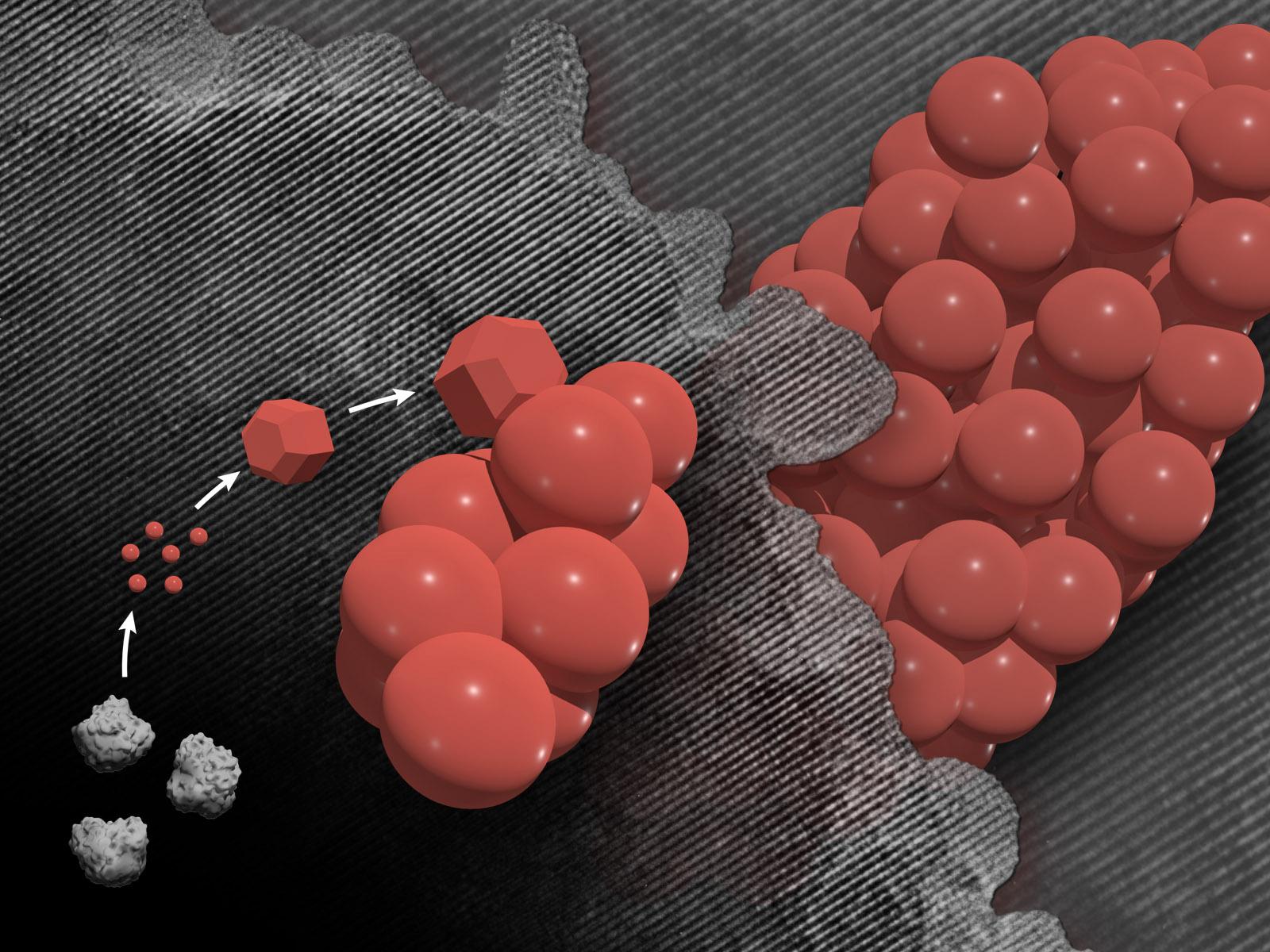
Upending Complex Crystal Formation
PNNL researchers discover a new route to forming complex crystals
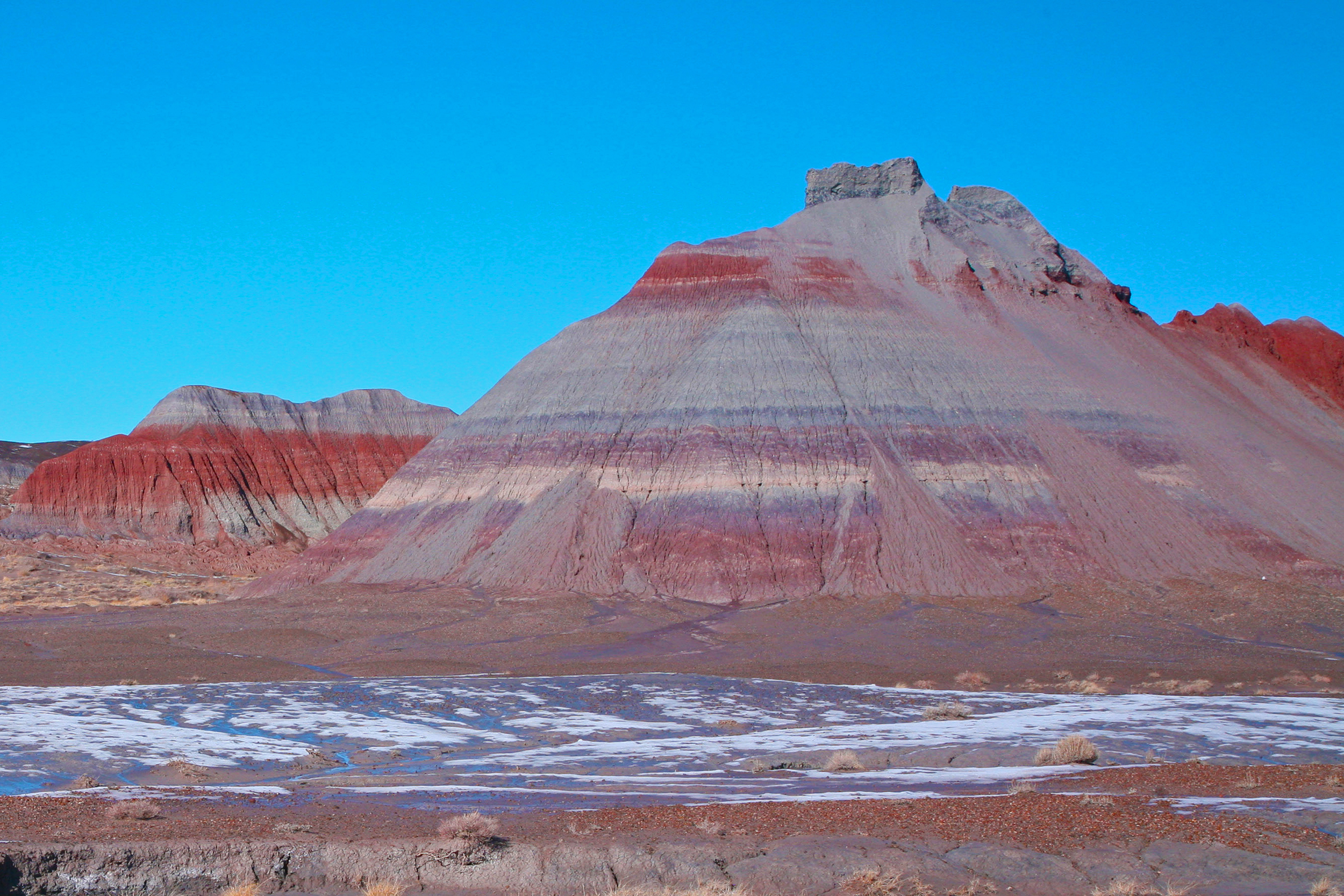
How Rocks Rusted on Earth and Turned Red
How did rocks rust on Earth and turn red? A Rutgers-led study has shed new light on the important phenomenon and will help address questions about the Late Triassic climate more than 200 million years ago, when greenhouse gas levels were high enough to be a model for what our planet may be like in the future.
Research finds link between CO2, big volcano eruptions
Volcanologists from the University of Georgia and two Swiss universities found a link between carbon dioxide and the volume of gas trapped in magma, which could help predict the intensity and magnitude of a volcanic eruption.
Wet and wild: There’s lots of water in the world’s most explosive volcano
There isn’t much in Kamchatka, a remote peninsula in northeastern Russia just across the Bering Sea from Alaska, besides an impressive population of brown bears and the most explosive volcano in the world. Kamchatka’s Shiveluch volcano has had more than 40 violent eruptions over the last 10,000 years.
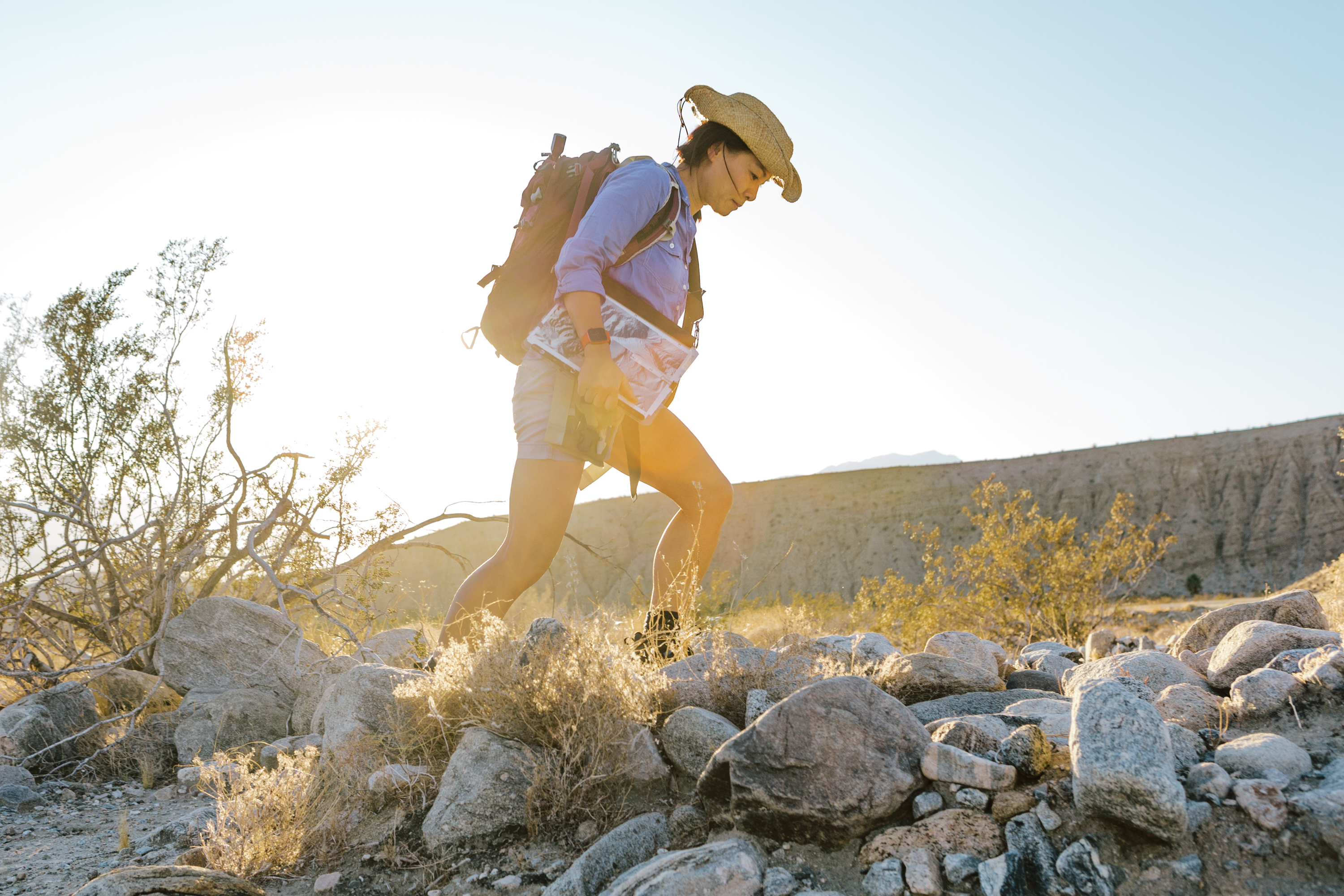
The Faults in Our Earth
CSU geology experts study the active land California inhabits to better understand earthquakes and predict the location and intensity of future temblors.
Research Can Help Pawpaws Gain New Ground
Despite its tropical-sounding name and exotic-tasting In a recent article in Plant Ecology, Associate Professor The pawpaw is extremely rare in New York State, with only 20 known locations. Stephen Tulowiecki, a geographer at SUNY Geneseo, studied the conditions that pawpaws favor, and developed a model to predict locations where pawpaws may grow and identify areas that might sustain newly introduced trees.
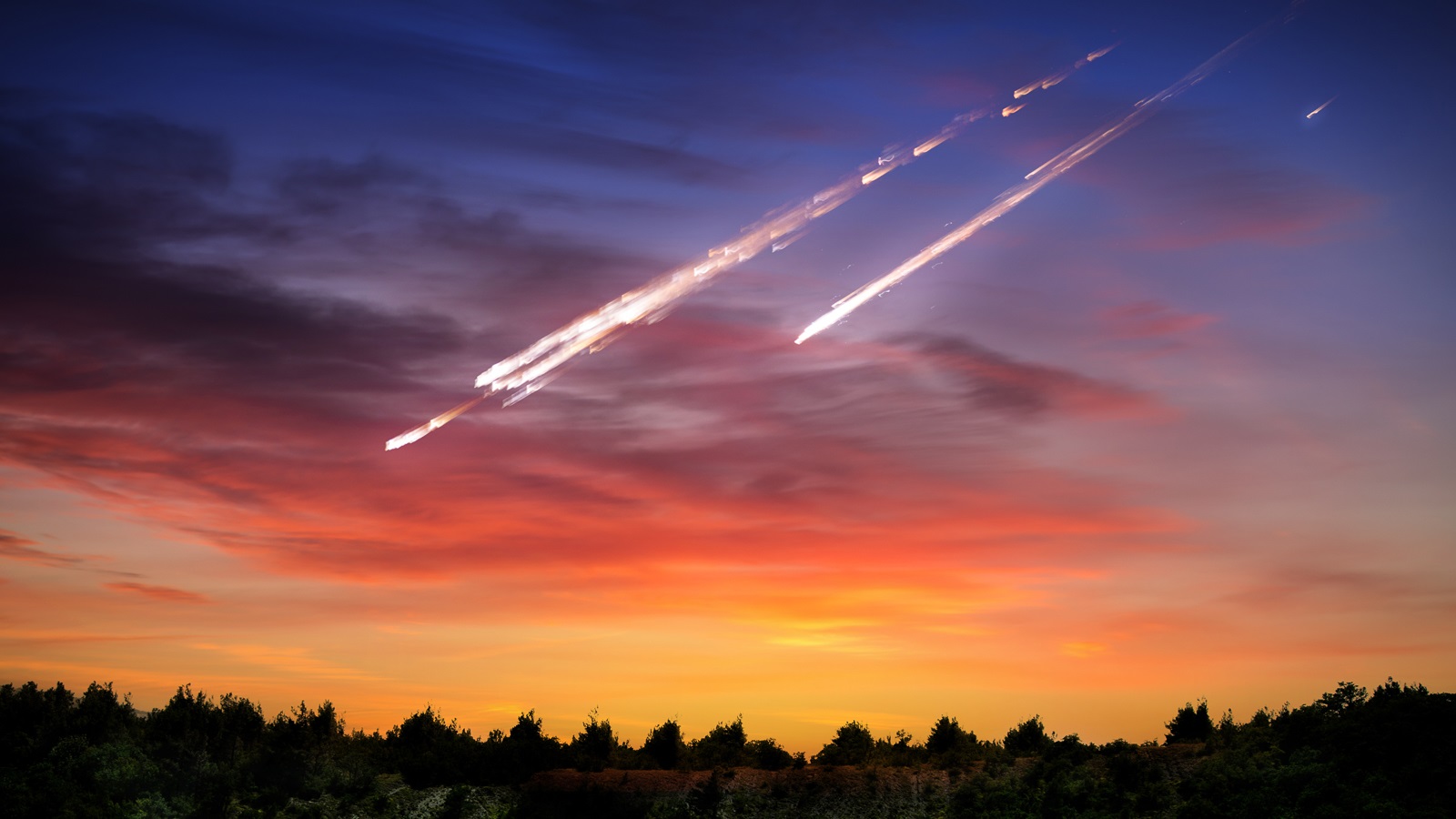
High-impact research: How meteorite strikes may change quartz on the Earth’s surface
Scientists using a unique combination of capabilities at the Advanced Photon Source have learned more about how meteorites affect one of the most abundant materials in the Earth’s crust.

What are the promises and perils of geoengineering?
In a new book, “Has It Come to This? The Promises and Perils of Geoengineering on the Brink,” Holly Jean Buck and colleagues weigh in on social, ethical and political dimensions of deliberate, large-scale interventions in the planet’s climate.
Field geology at Mars’ equator points to ancient megaflood
Floods of unimaginable magnitude once washed through Gale Crater on Mars’ equator around 4 billion years ago – a finding that hints at the possibility that life may have existed there, according to data collected by NASA’s Curiosity rover and analyzed in joint project by scientists from Jackson State University, Cornell University, the Jet Propulsion Laboratory and the University of Hawaii.
Clay subsoil at Earth’s driest place may signal life on Mars
Diverse microbes discovered in the clay-rich, shallow soil layers in Chile’s dry Atacama Desert suggest that similar deposits below the Martian surface may contain microorganisms, which could be easily found by future rover missions or landing craft.
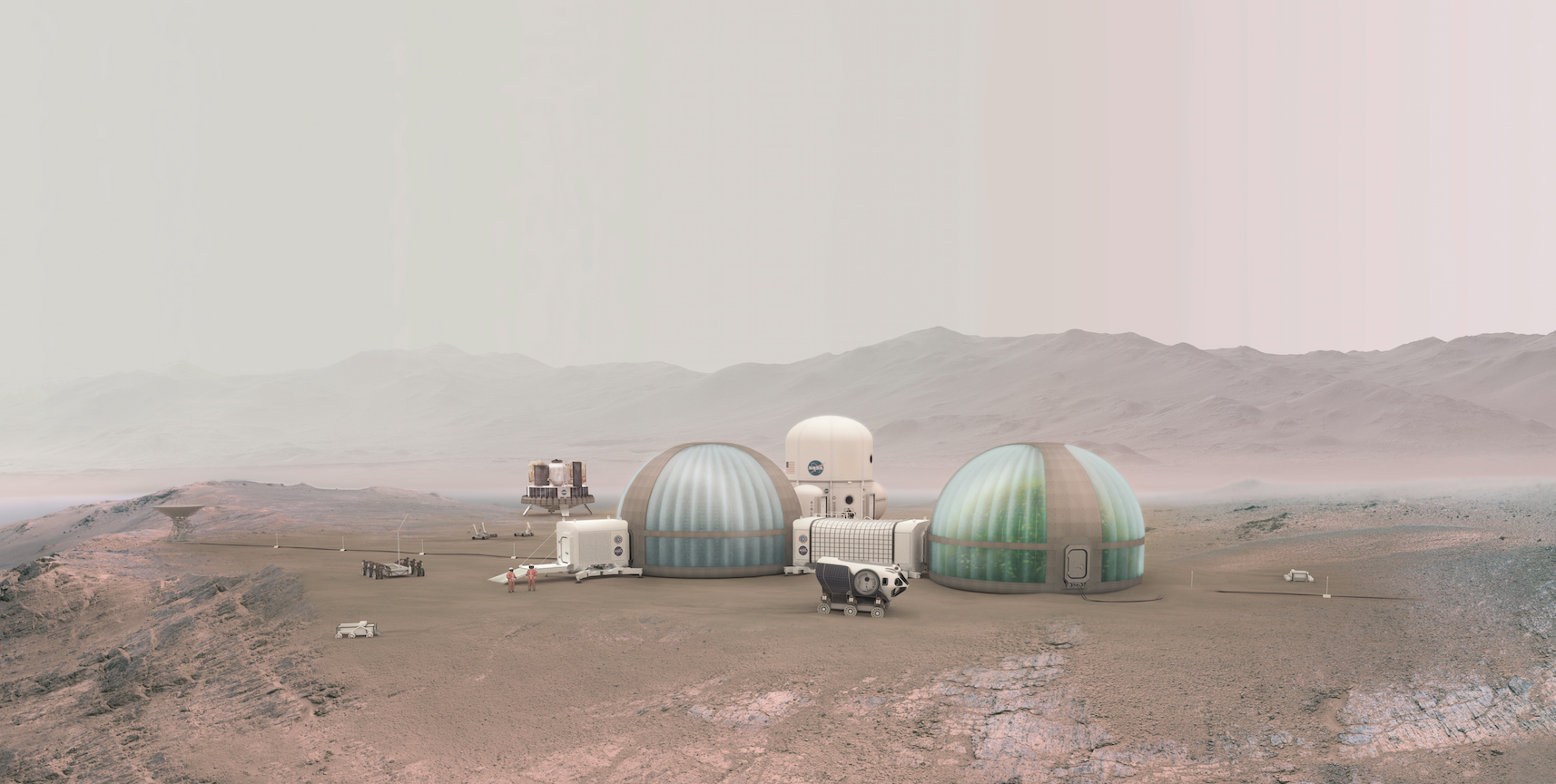
Geologists simulate soil conditions to help grow plants on Mars
Humankind’s next giant step may be onto Mars. But before those missions can begin, scientists need to make scores of breakthrough advances, including learning how to grow crops on the red planet.

Most landslides in western Oregon triggered by heavy rainfall, not big earthquakes
Deep-seated landslides in the central Oregon Coast Range are triggered mostly by rainfall, not by large offshore earthquakes.

Victoria Orphan: Then and Now
Victoria Orphan is the James Irvine Professor of Environmental Science and Geobiology in the Division of Geological and Planetary Sciences at the California Institute of Technology.
Hidden secrets written in stone:
It’s one of the best-known geological heritage sites around the world, filled with fossils and glacial secrets. Now, thanks to virtual reality technology, the ice-age past of Hallett Cove Conservation Park is revealed in a new, gamified VR experience – Beyond the Ice – and is launched this week as part of National Science Week.
FSU geologists publish new findings on carbonate melts in Earth’s mantle
Geologists from Florida State University’s Department of Earth, Ocean and Atmospheric Science have discovered how carbon-rich molten rock in the Earth’s upper mantle might affect the movement of seismic waves.
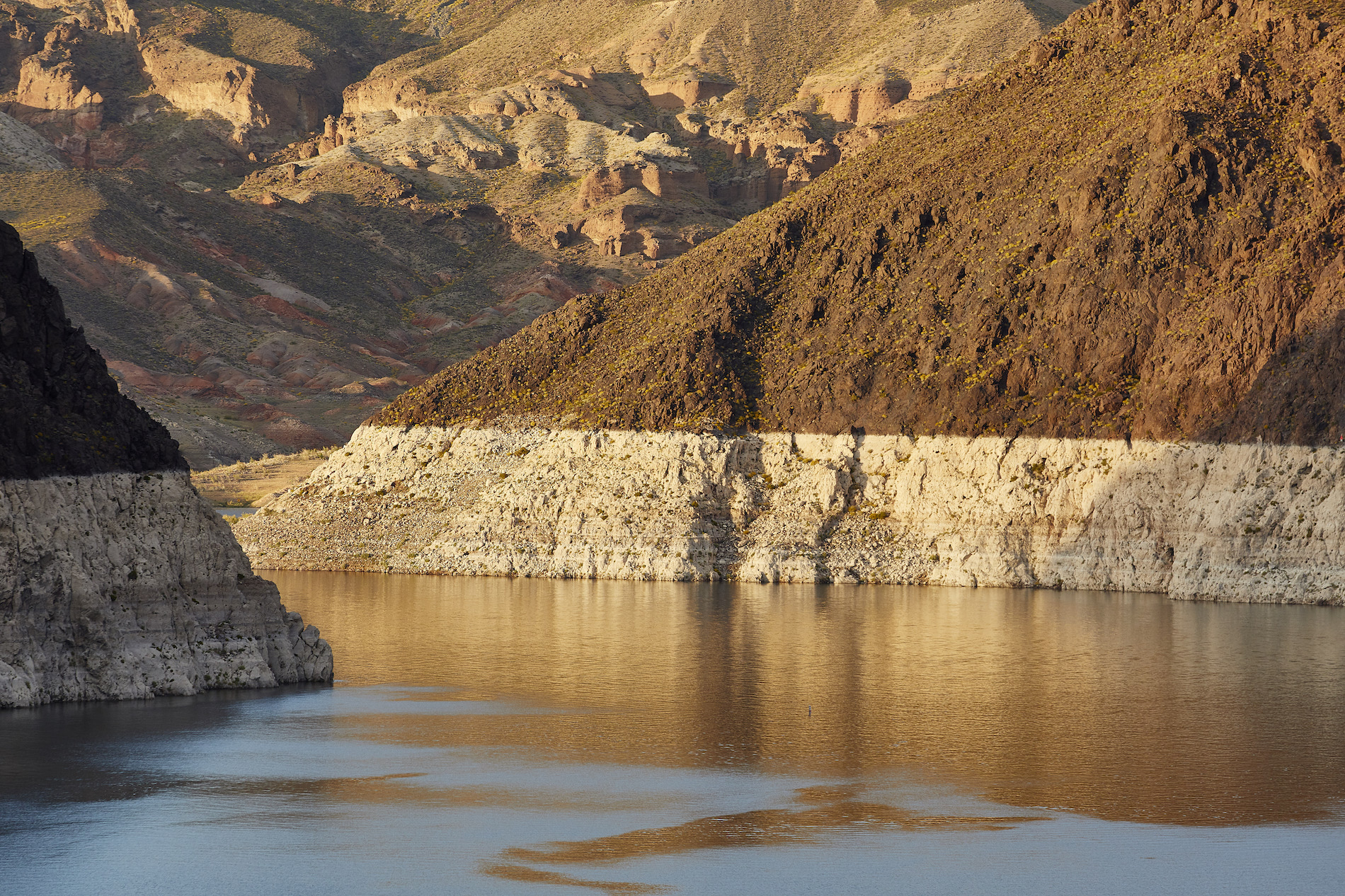
What Happens in Vegas, May Come From the Arctic?
Climate records from a cave in the southern Great Basin show that Nevada was even hotter and drier in the past than it is today, and that one 4,000-year period in particular may represent a true, “worst-case” scenario for the Southwest and the Colorado River Basin — and the millions of people who rely on its water supply.
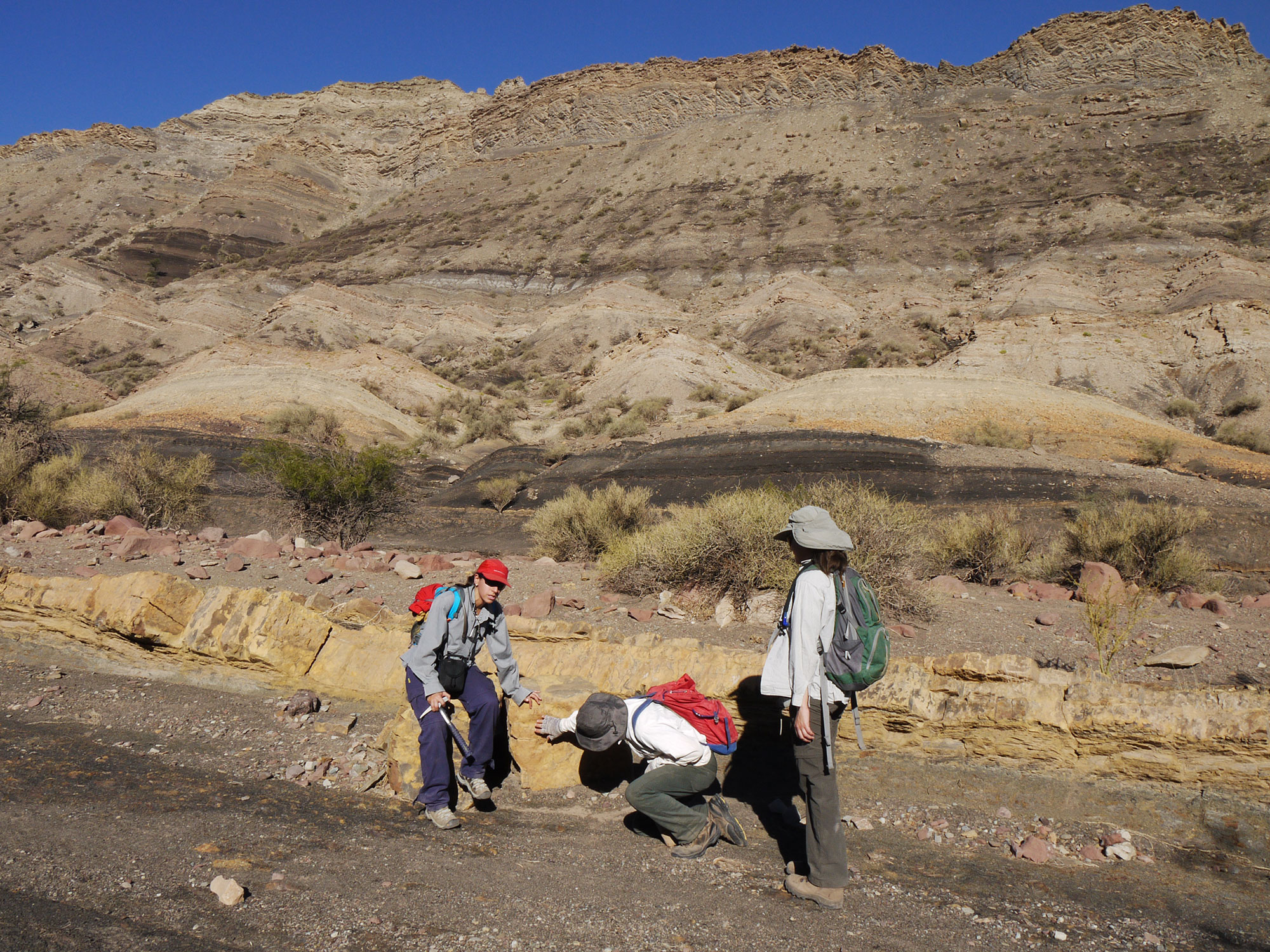
Insights into climate change during origin of dinosaurs
In a new study in the journal Gondwana Research demonstrated that the Carnian Pluvial Episode affected the southern hemisphere, specifically South America, which strengthens the case that it was a global climate event.

Quenching the need for water quality data in West Virginia
A new portal is increasing access to surface and groundwater water quality data from shale gas regions around the state to inform stakeholders about trends in water quality.
Geoscientists Create Deeper Look at Processes Below Earth’s Surface with 3D Images
Geoscientists at The University of Texas at Dallas recently used supercomputers to analyze massive amounts of earthquake data to generate high-resolution, 3D images of the dynamic geological processes taking place far below the Earth’s surface.
In the Arctic, spring snowmelt triggers fresh CO2 production
Studies have shown the Arctic is warming roughly twice as fast as the rest of the world, and its soil holds twice the amount of carbon dioxide as the atmosphere. New research from San Diego State University finds that water from spring snowmelt infiltrates the soil and triggers fresh carbon dioxide production at higher rates than previously assumed.

The fossil detective
Uncovering what drives the evolution of new animals is key for understanding the history of life on Earth. Geologist James Lamsdell is embarking on this exploration as a recipient of the National Science Foundation’s CAREER award.
Carbon emission from permafrost soils underestimated by 14%
Picture 500 million cars stacked in rows. That’s how much carbon—about 1,000 petagrams, or one billion metric tons—is locked away in Arctic permafrost.
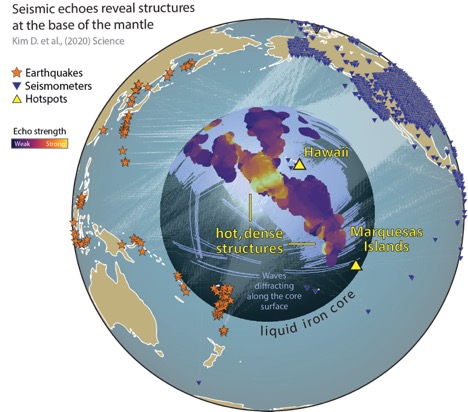
Looking Up to the Stars Can Reveal What’s Deep Below
Using a new technique originally designed to explore the cosmos, scientists have unveiled structures deep inside the Earth, paving the way towards a new map revealing what Earth’s interior looks like.

Utah’s arches continue to whisper their secrets
Two new studies from University of Utah researchers show what can be learned from a short seismic checkup of natural rock arches and how erosion sculpts some arches—like the iconic Delicate Arch—into shapes that lend added strength.
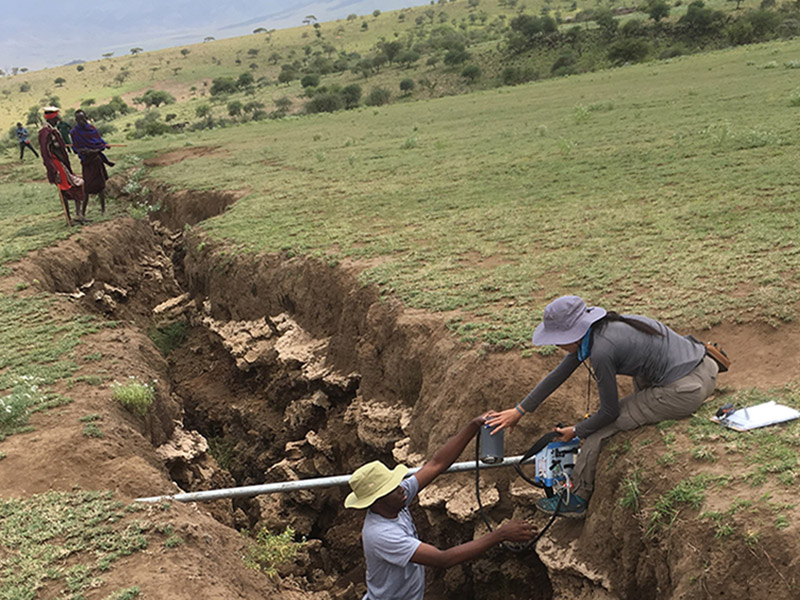
Study shows diamonds aren’t forever
The study, published in Nature, was conducted by a team of international resources, including two from Tulane University.
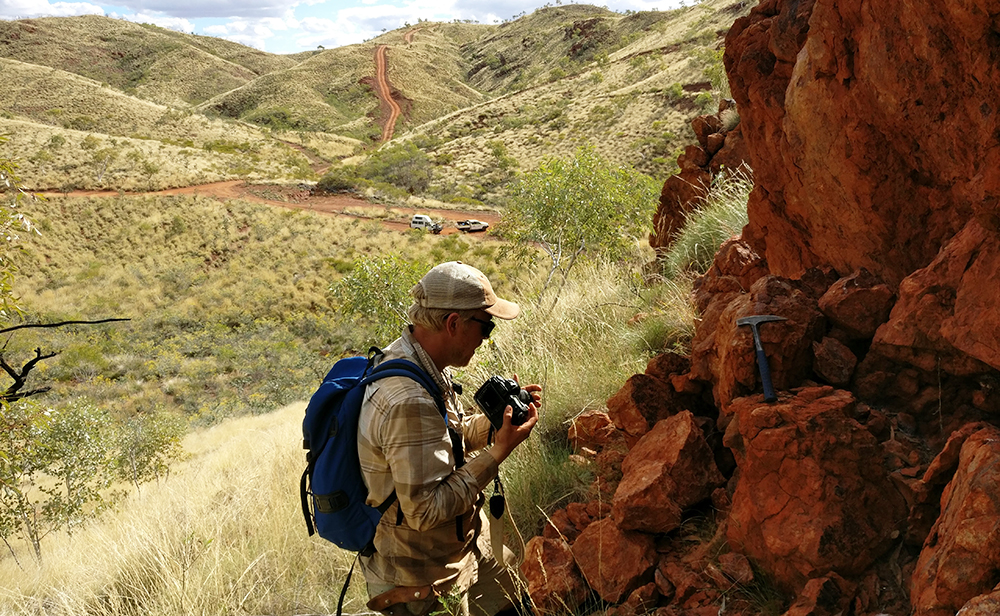
Geologists determine early Earth was a ‘water world’ by studying exposed ocean crust
Geologists studied exposed, 3.2-billion-year-old ocean crust in Australia and used that rock data to build a quantitative, inverse model of ancient seawater. The model indicates the early Earth could have been a “water world” with submerged continents.
Complex local conditions keep fields of dunes from going active all at once
New research on sand dunes in China describes how even neighboring dunes can long remain in different and seemingly conflicting states — confounding the assessment of stabilization efforts and masking the effects of climate change.
To help students think in 3D, a geologist turns to paper model making
“Geology is a 3D science, but everything we give to students is on a 2D piece of paper,” says University at Buffalo geologist Chris Lowry, creator of the Foldable Aquifer Project. “With the foldable aquifers, students don’t have to imagine what a 2D drawing looks like in 3D.”
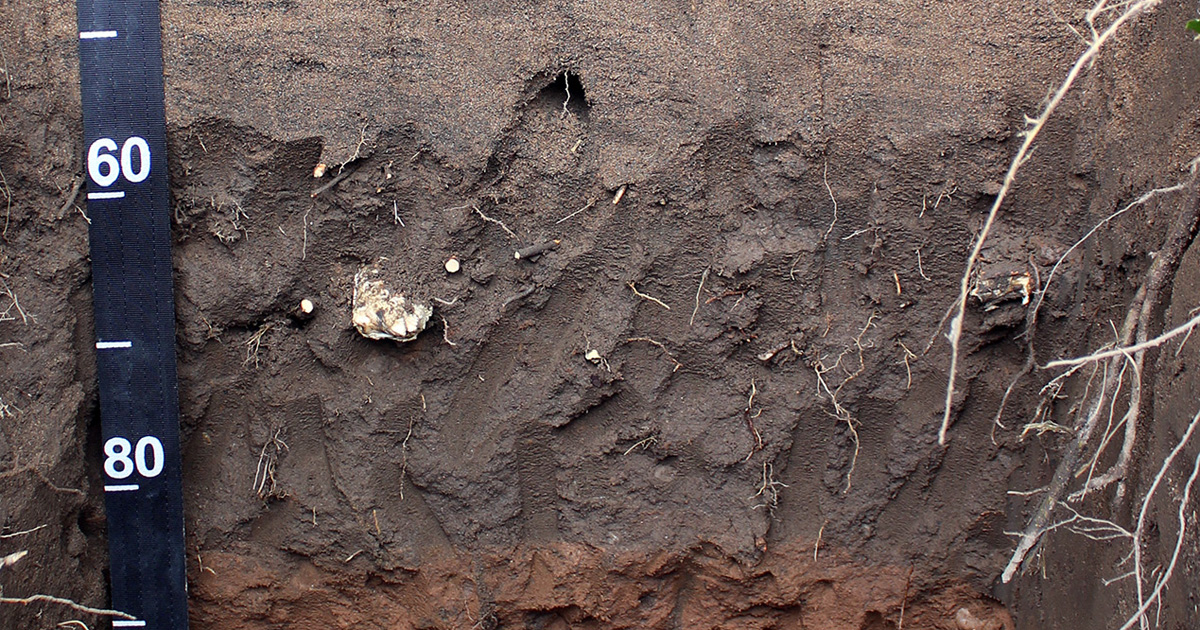
What are alluvial soils?
Unique soils provide many beneficial values to society.

Adding sewage sludge on soils does not promote antibiotic resistance, Swedish study shows
Some of the antibiotics we use end up in sewage sludge, together with a variety of antibiotic resistant bacteria present in feces.
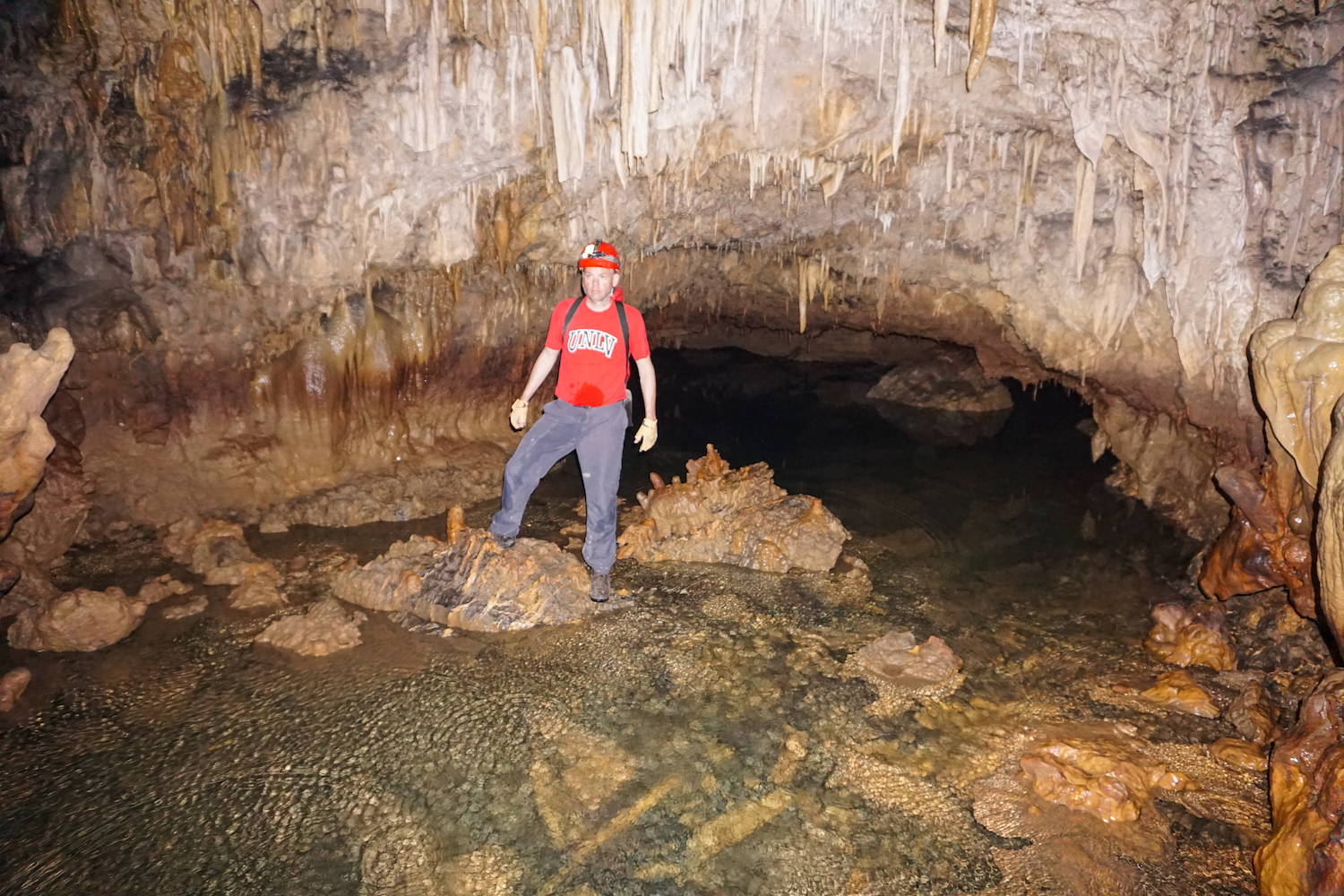
Research Brief: Ocean Temperatures Impact Central American Climate More than Once Thought
In a study published today in the journal Nature Communications, UNLV climate scientists and colleagues examined the rainfall history of Central America over the last 11,000 years. The results provide long-sought answers to what has been controlling rainfall in the region for several millennia.

Peeking at the plumbing of one of the Aleutian’s most-active volcanoes
A new approach to analyzing seismic data reveals deep vertical zones of low seismic velocity in the plumbing system underlying Alaska’s Cleveland volcano, one of the most-active of the more than 70 Aleutian volcanoes
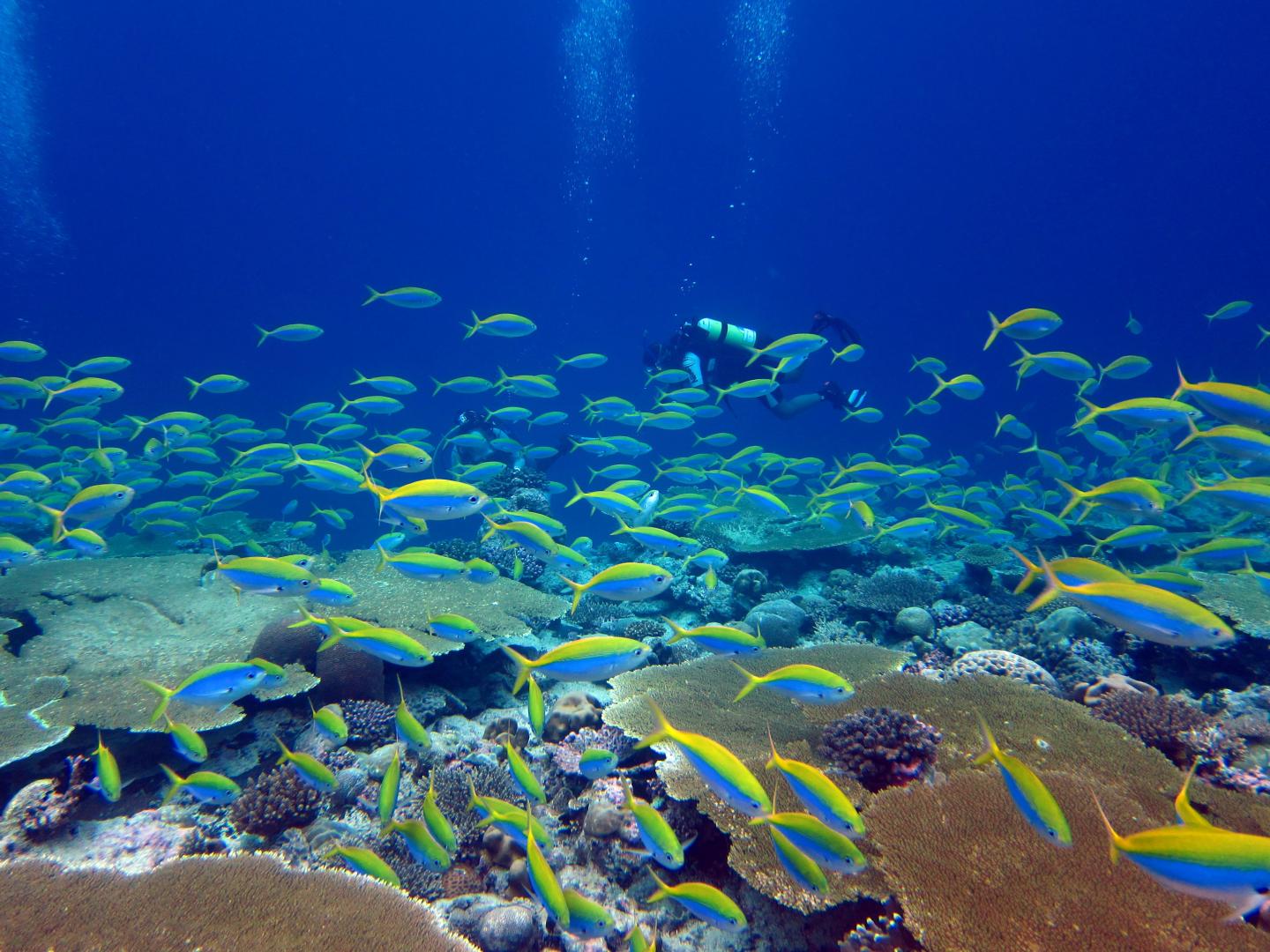
Earth’s most biodiverse ecosystems face a perfect storm
A combination of climate change, extreme weather and pressure from local human activity is causing a collapse in global biodiversity and ecosystems across the tropics, new research shows.

New species of Allosaurus discovered in Utah
A remarkable new species of meat-eating dinosaur, Allosaurus jimmadseni, was unveiled at the Natural History Museum of Utah. The huge carnivore inhabited the flood plains of western North America during the Late Jurassic Period, between 157-152 million years ago, making it the geologically oldest species of Allosaurus, predating the more well-known state fossil of Utah, Allosaurus fragilis.
Rutgers Geology Museum Hosts Open House
Presentations on natural disasters such as earthquakes, volcanoes and their impacts will be held in Scott Hall and are open to the public at the Rutgers Geology Museum’s 52nd Annual Open House. There will also be hands-on activity sessions for kids, a mineral sale and rock and mineral identification in Scott Hall, and make-and-take stations in the Rutgers Geology Museum. Field Station Dinosaurs will bring its baby Hadrosaurus puppet and will also offer hands-on activities for visitors. All events are free and no preregistration is required.
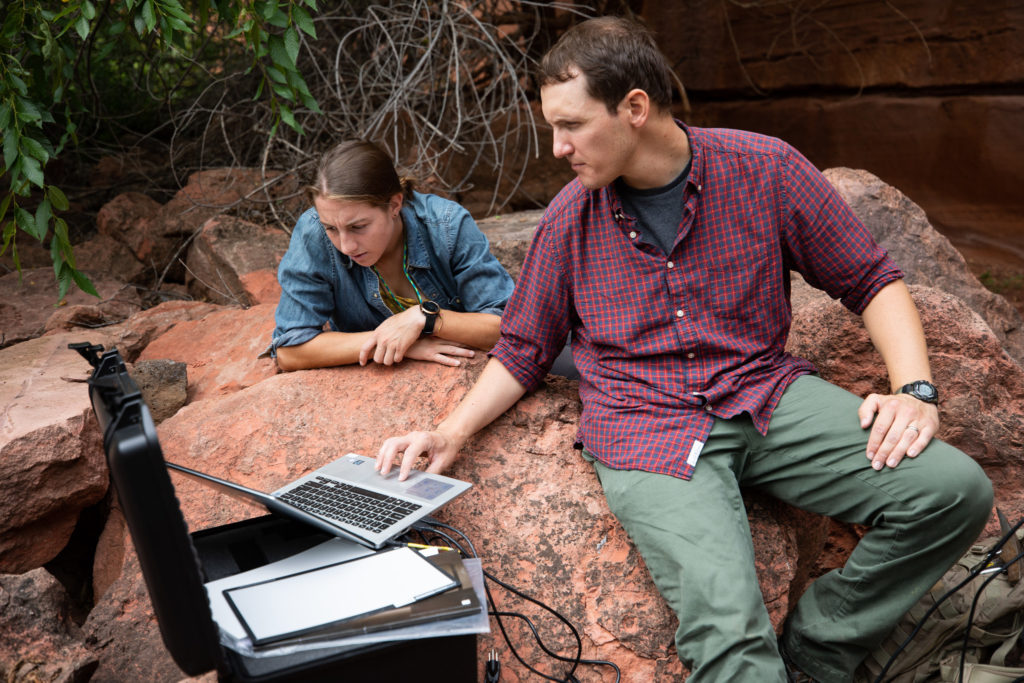
Tip of the ICEBERG: Planetary scientists developing large-scale ‘imagery-computing superhighway’
Northern Arizona University assistant professor Mark Salvatore and doctoral student Helen Eifert are working on an NSF-funded project to analyze data across the frozen landscape of Antarctica, which will eventually help scientists produce detailed geologic maps of the Lower Colorado River Corridor.

Hard as a rock? Maybe not, say bacteria that help form soil
Research published this week by University of Wisconsin–Madison scientists shows how bacteria can degrade solid bedrock, jump-starting a long process of alteration that creates the mineral portion of soil.

Researchers study impact of contaminants in floodwaters
Last spring’s historic flooding along the Missouri and Mississippi rivers may have distributed toxic contaminants along wide flood routes. Researchers know little about how these materials may affect public health and safety in rural and urban areas. But a group of geologists and geological engineers from Missouri University of Science and Technology is working to find out.

On a mission to Mars
Geologist Kathy Benison has been selected for NASA’s Mars 2020 team.
Save the Date: Major Meeting on Fluid Dynamics in Seattle, Nov. 23-26, 2019
The American Physical Society’s Division of Fluid Dynamics 72nd Annual Meeting will take place on Nov. 23-26, 2019, in Seattle, Washington. Journalists are invited to attend the meeting for free. Live press webcasts, featuring a selection of newsworthy research, will take place during the meeting. Fluid dynamics is an interdisciplinary field that investigates visible and invisible phenomena from a wide range of disciplines including engineering, physics, biology, oceanography, atmospheric science and geology.
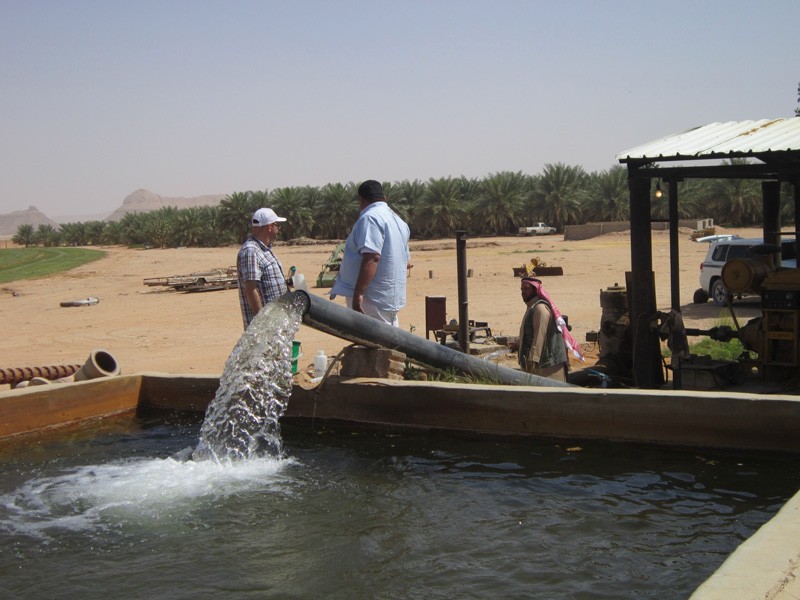
Searching for Water
What does the presence of 1,000 year old water mean for the future of water supplies under the desert regions of Saudi Arabia, Iraq, Jordan, Oman, Yemen and the United Arab Emirates?
New research has sought to identify how much good water is available in the Arabian Peninsula, where water is stored in what are known as “fossil aquifers.”
Analyzing past earthquakes may be key to predicting future activity
With the recent earthquakes in early July in southern California, it is more important than ever to be able to accurately predict when and where the next one will occur. A researcher at Missouri S&T is working to do just that by studying past seismic waves produced by earthquakes.
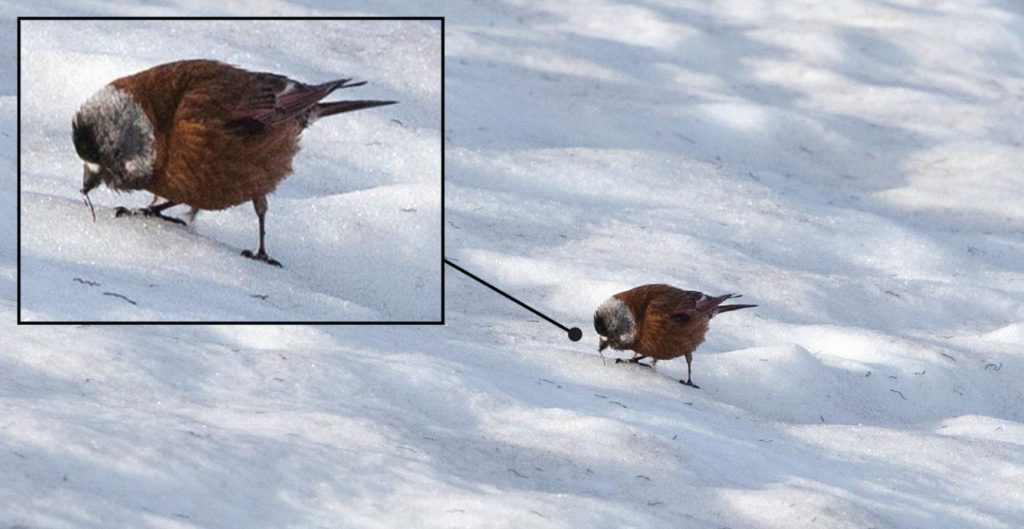
Unlocking secrets of the ice worm
The ice worm is one of the largest organisms that spends its entire life in ice and Washington State University scientist Scot Hotalilng is one of the only people on the planet studying it. He is the author of a…
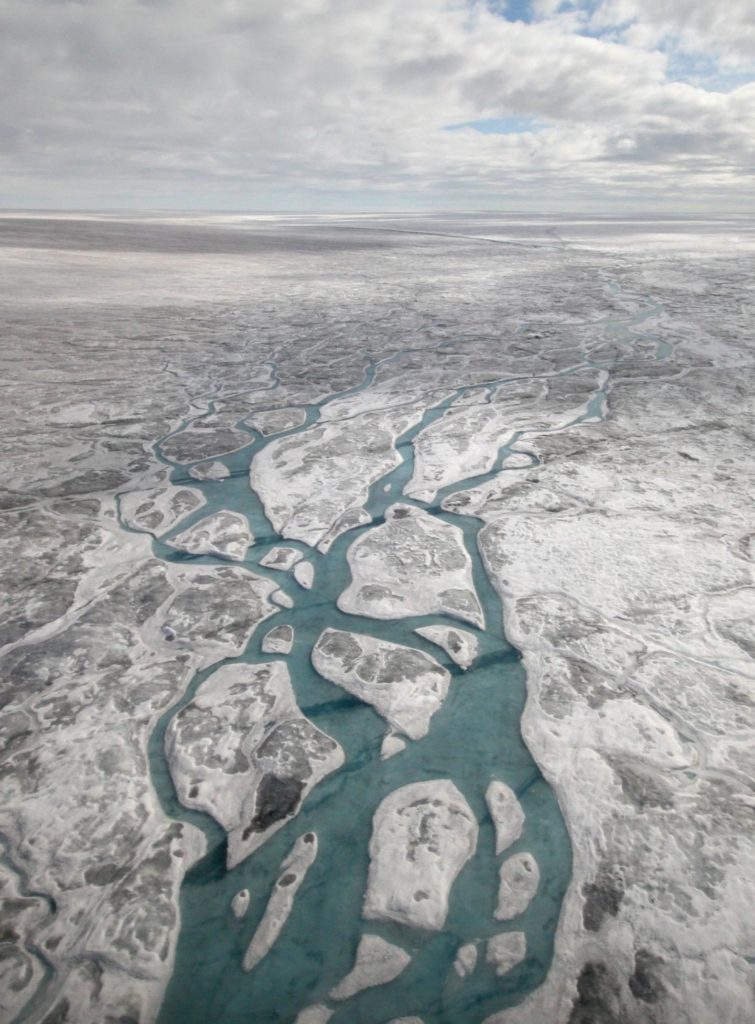
Researchers discover more than 50 lakes beneath the Greenland Ice Sheet
Researchers have discovered 56 previously uncharted subglacial lakes beneath the Greenland Ice Sheet bringing the total known number of lakes to 60 Researchers have discovered 56 previously uncharted subglacial lakes beneath the Greenland Ice Sheet bringing the total known number…